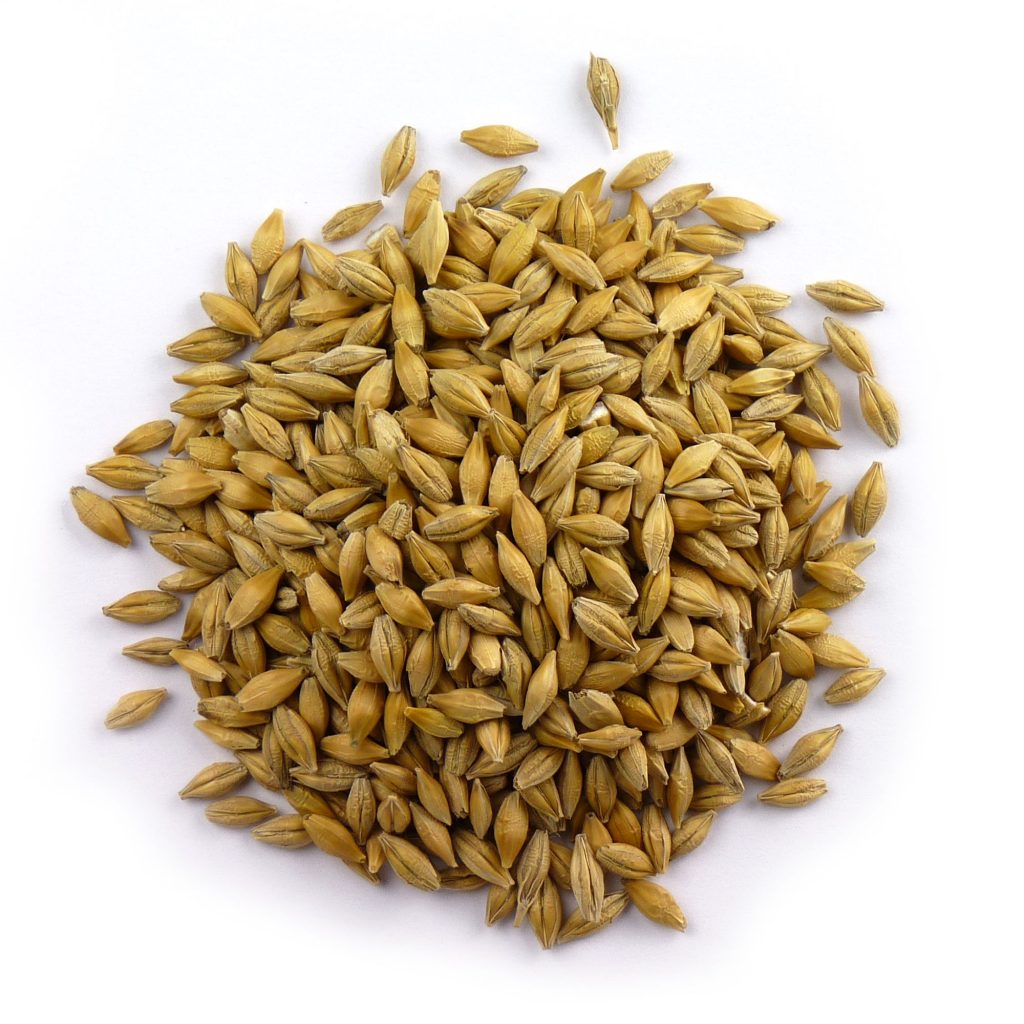“…When I grow up, I want to be good enough to be Warminster Malt”
So for 2021, we are going on this journey, and following a crop of Spring sown malting barley planted in a field at Norton Bavant, just outside Warminster. We will track this crop through it’s growth stages to harvest, and hopefully, from there to our Maltings, and ending up in a glass (or two) of local beer.
“…When I grow up, I want to be good enough to be Warminster Malt”
So for 2021, we are going on this journey, and following a crop of Spring sown malting barley planted in a field at Norton Bavant, just outside Warminster. We will track this crop through it’s growth stages to harvest, and hopefully, from there to our Maltings, and ending up in a glass (or two) of local beer.

March 31st
The story begins…
The fields at Norton Bavant had been left since the previous crop of wheat was harvested on the September 2020. Under normal circumstances, the ground would have been ploughed in January, but the usual weather prevented this. At last, a deep plough to bury the wheat stubble and any weeds, and to help dry out the soil. This is followed by 2 passes of a disc harrow. We just need a few days of sunshine and our field will be perfectly ready for sowing.
April 9th
Our field at Norton Bavant is planted with a variety of malting barley named Planet, which is a very popular brewing variety. After the incessant winter rains, the soil has at last dried out to create a perfect seedbed, and still within the acknowledged timeframe for quality malting barley.


April 19th
10 days in, and the barley is sprouting already. Lines are begining to form and the fields show their first signs of turning green.
April 29th
After nearly 6 months of winter rains, our barley field has been drained of any naturally occurring “soil residual nitrogen”. So artificial fertiliser needs to be added. But this must be carefully gauged, in order to give plenty of green leaf and stem extension, followed by long ears of grain.
It is applied early in the crop cycle, because what we do not want, is too much nitrogen in the harvested barley! The grain nitrogen of top quality malting barley needs to be low in order to meet our expectation of that crystal clear beer in the glass


May 1st
Our barley field has enjoyed 3 weeks of almost perfect growing conditions, lots of warm sunshine, and a little rain to freshen it up. It will now quickly lose its spiky appearance as the leaves expand and fold over, forming a complete crop canopy which intercepts maximum sunlight, and shades out any weeds.

June 29th
Our crop of Planet barley has made tremendous growth. The awns (the long spikes on the tip of each grain) are beginning to appear, followed by the ears of grain themselves.
We are looking for 26 – 28 grains per ear, and based on up to 2 grain bearing stems per by plant, from a seed rate of up to 75kgs/acre, we can expect a yield of around 3 tonnes of barley per acre. That will be a good result.



August 2nd
Despite all the heavy rain we’ve had in the South West, not that much compared to the flooding in London and the eastern side of the UK, our barley fields are still in great shape. The Icknield Series really is the perfect soil for growing barley, let’s hope the barley meets our exacting standards to be turned into our famous Warminster Malt.
The winter barley, on the adjacent fields to the ones we are following has been harvested, bailing interrupted by the storms. Matt Fry and his team will be ready to harvest these crops just as soon as the time is right.


August 28th
After 150 days of growth, rain, sunshine and more rain, it’s harvest time.
After 3 days work, the 13 Barley fields we’ve been following have all been cut, bailed and stacked. The yield is around 7.5 tonnes per hectare which is similar to last years bumper crop.
Very early to say what quality is going to be, but all the signs are good. It’s off for testing and analysis next, we’re looking for low grain nitrogen, which will be perfect for malting.

